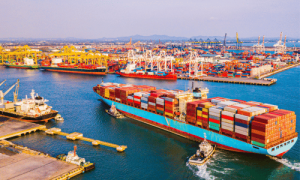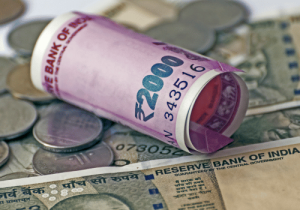This has not gone unnoticed in the region. Pressure to reduce packaging waste has risen sharply, along with actions by fast-moving consumer goods (FMCG) manufacturers, retailers, and legislators. Despite these measures, consumers in our survey continue to be highly concerned, with respondents in China, India, and Indonesia, together with respondents in Brazil, demonstrating the most concern globally—concern that has increased since the COVID-19 pandemic (Exhibit 1).

When looking more closely into the second question—who is driving the increase in concern—we find that actually all consumer groups are concerned. Overall, Gen Xers show the highest levels of concern, followed by Gen Zers and millennials, and baby boomers (Exhibit 2). Looking at the two key areas of concern—air and water pollution—Generation X is particularly concerned in Indonesia, while there is more variance in China and India.

Our survey indicates that consumers around the world disagree about what they see as the most sustainable packaging materials; however, there is more consensus on what they regard as the least sustainable materials. Among our focus countries, consumers in China and Indonesia perceive plastics that are either compostable or recyclable as being more sustainable (a view similar to that of Brazilian consumers). This differs from consumers in India, who perceive paper and glass as more sustainable. Overall, consumers are looking for more recyclable or compostable plastic films and more paper-based packaging (Exhibit 3). Recyclable, rigid plastics rank quite low, and so do both glass and metal.

Many packaging companies target emerging Asia as a vital growth vector, and they also need to develop strategies for success. Examples include identifying opportunities to serve the target market (for example, high-end market versus mass market); determining which customers to target (multinational versus local); adopting the best strategy (such as unit-cost leadership versus innovation leadership); and approaching growth strategy (organic growth versus acquisitions). However, with a strong rise in sustainability concerns in the region, this will not be enough. Accordingly, packaging companies should consider three further elements:
- First, understand how local consumers use products and dispose of the packaging. Our findings show some common regional themes around sustainability, particularly linking high awareness and willingness to pay. There is also an emerging wish among surveyed consumers to see more recyclable or compostable plastic films and paper-based packaging in the future.
- Second, take an incremental approach, and act sooner rather than later. Even with the indicated high willingness to pay for green, this doesn’t necessarily translate into real consumer action. On top of that, consumers may not always know what to expect or exactly what they want. Given the high urgency to act, we therefore suggest considering available “low-hanging fruit” actions initially. These should be actions that can be taken with little to no impact on operating costs or capital-expenditure needs, functionality, or attractiveness of the packaging.
- Third, ensure clear communication around sustainability narratives for both product and packaging. It is apparent from our survey that consumers would be willing to buy more sustainable products if they knew what they were buying.
Viewing sustainability issues as a key factor in strategic planning will enable packaging companies to determine how sustainability can be used as a differentiator to attract consumer interest and drive growth.


















